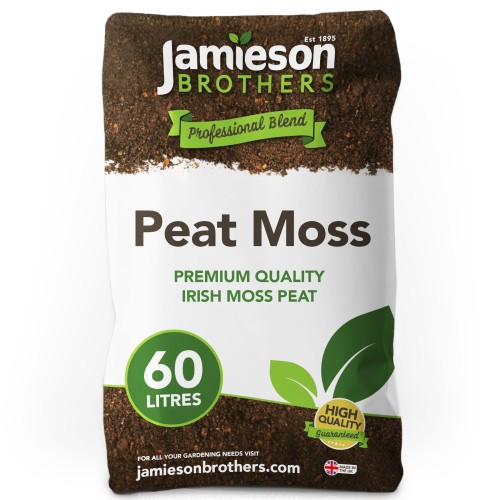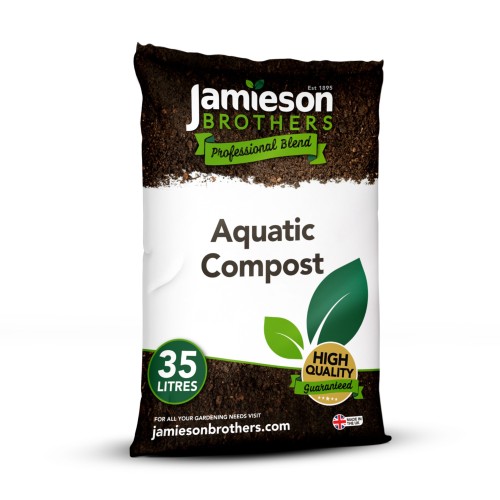Good question. I guess several reasons why. Many are probably historical. For a start it's massively counterintuitive to place soil in a fish tank especially when folk spend so much time vacuuming to remove mulm. Also, it probably never occurred to the same folk (and probably still doesn't), that aquatic plants need soil to grow just like terrestrial plants. Instead plants where planted in pea gravel or just weighed down with lead strips, not fed and lit inadequately and considered consumables since unsurprisingly they just kept on dying.
Planted tanks and aquascaping have increasing considerably in popularity and are now capable of supporting a dedicated industry. Accordingly, there are much more convenient alternatives like ADA and Tropica AS. There is just no need to use soil. And a whole generation of aquatic plant growers have known nothing else, so it just wouldn't occur to them to use actual soil or compost.
But back in the day, growing aquatic plants was very niche, very few of us were interested in it. As a kid my parents bought me an annual subscription to Aquarist and Pond Keeper magazine,
@foxfish was a subscriber too. Anyway, the magazine had a plant expert called Dr. Vivian De Thabrew and he is the first person I came across that advocated the use of capped soil for growing aquatic plants.
So I and a few other devotees followed his advice since there wasn't any other viable alternative. Plants grew like mad, and my fish seemed much healthier and happier. Needless to say it was a defining moment, and I haven't really looked back. By the way,
Vivian is a prolific author and written books on buddhism too.

 www.jamiesonbrothers.com
www.jamiesonbrothers.com





